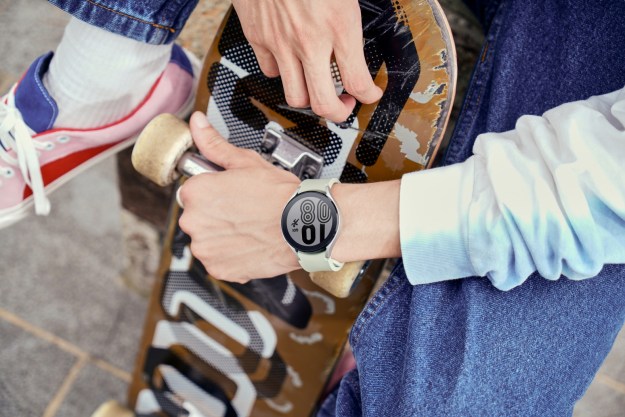No one wants to charge their smartwatch every day, but the current level of battery technology makes such regular visits to the charger necessary. A project funded by the European Union called Smart2Go has announced it is working on a solution that it calls an “autonomous energy supply platform,” and if it succeeds, it has the potential to kick-start the development of a new generation of wearable devices that we don’t need to think about charging.
Smart2Go is part of Horizon 2020, a massive EU research and innovation program with 80 billion euros at its disposal, and is being headed up by Fraunhofer FEP, a German firm specializing in organic electronics. Other partners include energy storage experts Varta, Helly Hensen workwear, and several research institutes and universities. Fraunhofer FEP will give a presentation on the project at the Wearable Europe Show in April, where it will talk in more detail about its objectives. At the moment, we don’t know much about its plans, but what it has shared is tantalizing.
Smart2Go wants to develop a power system that does not need charging at all, and will do so using “the combination of a powerful battery with appropriate energy harvesting technologies,” according to the initial press release on the project. However, rather than just develop one system, Smart2Go will be a flexible, modular platform for manufacturers, so it can be tailored precisely for different products. The modular components will include the chance to select the type of energy harvesting used too.
Fraunhofer FEP envisions the platform being using in everything from smartwatches, fitness tracking devices, and personal safety trackers, to exciting future tech including skin patches and smart labels. But what does it mean by energy harvesting? We don’t know yet, and suspect this will be the focus of not only the presentation, but the research itself. We can speculate that it will work on harnessing energy from sources like heat, or movement, to provide a constant source of energy for a device. The modularity will make this even more interesting, as not all energy sources will be applicable to all products.
Before getting too excited by the prospect of never charging your smartwatch again, it’s worth remembering this is a research project, and any resulting technology will not be ready for mainstream use for some time, if at all. However, it’s projects like this that can also end up creating, or prompting the creation of, transformative tech which will go on to change our lives.




